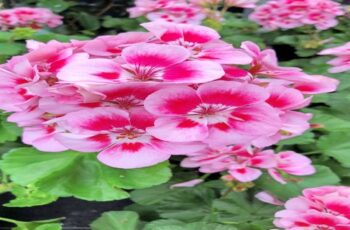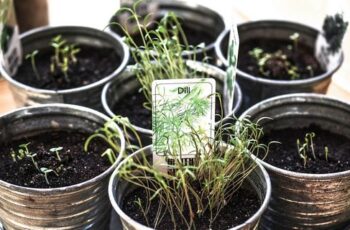Ad Blocker Detected
Our website is made possible by displaying online advertisements to our visitors. Please consider supporting us by disabling your ad blocker.
Classic currant, gooseberry: easy and delicious summer fruits!
Known for a long time, but yet neglected and almost forgotten by consumers, currants and currants are carving out a share of the berry market. Great chefs are rediscovering them and bringing them up to date, and garden centers offer the cultivars best suited to our regions.
Botanical name:
• Ribes rubrum
Plant type:
• Plant: fruit shrub
• Foliage: perennial or deciduous (depending on the variety)
• Type of plant: Fruit tree
• Family: Grossulariaceae
• Habit: shrubby plant
Features
The gooseberry resists cold down to -30°C.
Currant or gooseberry?
Some speak of curbs; others, currants. Is there really a difference between the two or is it in fact a name specific to Quebecers? What if it was a bit of both?
Red currant (Ribus rubrum)
Small red or white fruits depending on the variety. The fruits, called “gazelles” in Quebec, have a taste that is both tangy and sweet. The white berries are softer, sweeter, and less acidulous with beautiful translucent skin. Small upright and compact shrubs, the fruits grow in clusters and the plants do not bear thorns. Fruiting occurs in mid-season.
Gooseberry (Ribes uva-crispa)
Bushy, thorny shrub producing green to pink flowers. Its fruits, which are simply called “gooseberries” in Quebec, are large, delicious to bite into, but are not gathered in clusters. They can be whitish and translucent, red, yellow, or green.
Growing currants
Easy to grow, planting is done very early in spring or fall, around mid-October. Like most small shrubs, currant bushes are grown in the ground in flower beds or in containers.
Exposure: sun and partial shade
Soil type :
For the red currant, a loose, rich, and well-drained soil (greedy plant, moderately thirsty).
Height: 1.3 m – Length: 0.9 m
Longevity: 20 to 30 years
Planting distance: 1.5 m
For the gooseberry, a more or less rich soil, loose to heavy indifferently, and humid (thirsty plant).
Height: 1.3 m – Length: 0.9 m
Longevity: 20 to 25 years
Planting distance: variable
Steps for planting in open ground
For growing in open ground, it is better to choose seedlings with bare roots.
- Ideally, plant in early spring.
- Choose a full sun location.
- Check that the soil is clayey, rich, cool, well-drained, and moist.
- Add a soil rich in organic matter.
- Dig up the ground and pull weeds around the site.
- Dig to bury the plant 3 to 5 cm deeper than the pot.
- Remove dead or damaged branches.
- Spread the roots. Pay attention to young shoots.
- Tamp down and cover with soil.
- Water well and do not let the roots dry out.
- Cut back the branches between 10 and 15 cm (for spring planting only).
- Mulch the base of the plants (for fall planting).
- Space the plants 1 to 1.25 m apart.




